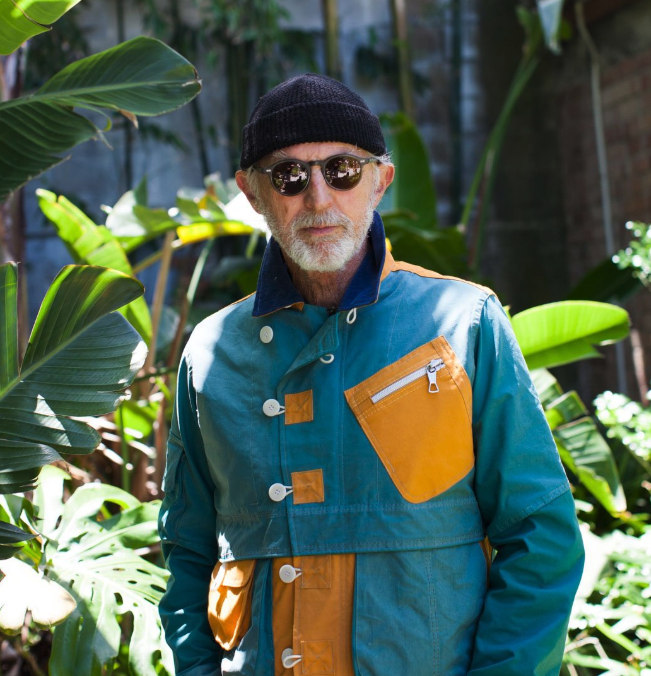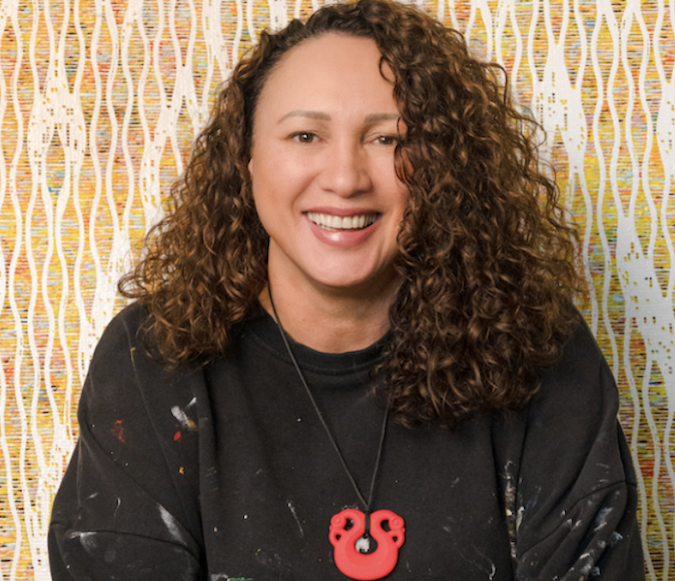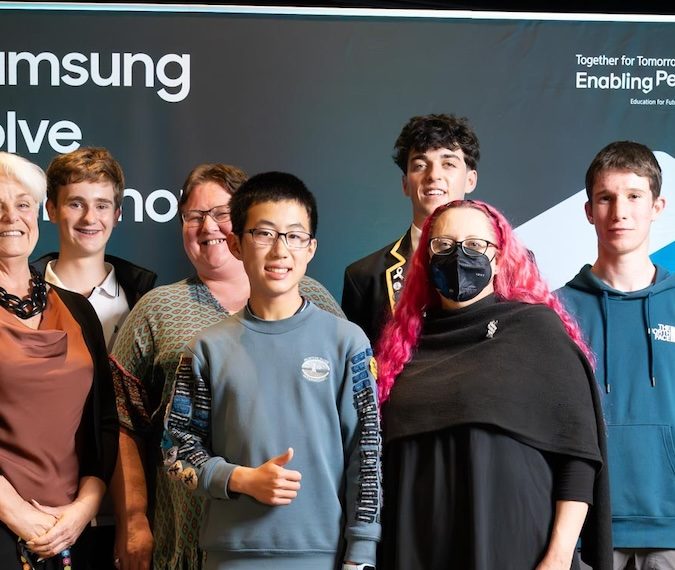New clothes, old fabrics: How Bruno’sOriginals turns classic New Zealand materials into modern garments

Bruno’sOriginals is an ode to the vintage clothing trade – not simply in the style, but the embodiment of the entire process. Harding seeks out secondhand materials that he picks for their unique marks and mending, then hand tailors them from his workshop in Freemans Bay.
Harding speaks of its origins: “There is great fabric that already exists that just needs re-purposing. I’ve always been an advocate for buying second hand and vintage clothing, so when I saw an excess of classic New Zealand made wool blankets in op shops around the country, I came up with the idea to turn them into clothing.”

Harding spent several years in New York, where he worked and trained for Martin Greenfield Clothiers alongside the acclaimed tailor Joseph Genuardi, whose client list is long and includes revered names like Barack Obama. Harding reflects on this time as the beginnings of his business, hoarding piles of wasted fabrics from his work, then crafting them into clothes from his cupboard of a room in Brooklyn.
“The idea initially sprung when I was in New York and started collecting off-cuts from discarded fabrics at work. I realised I had the ability to construct something new from old materials with a rich history.”
Since he’s moved back to New Zealand, it’s become his full time project where he sources interesting fabric from a variety of second hand stores across the city, before sewing them into one off originals. In some form, the clothing reflects New Zealand’s landscapes, carrying timeless themes of climate and age into the material of his work.
Harding expands on this idea: “We have four seasons in a day, so wearing wool makes sense, as it allows the clothes to breathe when it is hot, and provides warmth when it is cold. When I came back I originally only wanted to work with natural fibres, but then I’d find fabrics that were crazy and cool, which I had no reason not to use. It started turning into anything and everything interesting from New Zealand.
Fittingly, each item is one of one and constructed in Auckland, New Zealand. Each piece is free from the next, holding their own personality traits, from the urban elegance of the ‘lightweight denim pea coat’ to the jubilant intrepid character of the ‘Raglan sail jacket’.


Harding says, “What I’m selling is the idea and the materials. It’s not about trends, or what colours are cool to a particular time. It’s one of one, so someone has to like it for what it is.
“I try to find items that once served a different purpose and try to picture them as garments. While turning these materials into clothing completely changes them from their original forms, they still have an element of familiarity.”
The perennial attitudes of the brand extends into its marketing, where Harding’s silver-fleeced father models the majority of the clothes on the website.
“He became my model, half out of convenience, and half because he is a zany dude. I appreciate his sense of style, he’s very comfortable with who he is and doesn’t really care what other people think.”



Now, he’s teamed up with Macpac in a one off collaboration, using offcuts from Macpac products to create six pieces, which will be auctioned off in in April for the environmental charity project Fund For Good.
Harding shares how it came to be: “My dad has had a relationship with Macpac for a long time through his work in the textile industry. One of the first really fun pieces I made started as an old canvas Great Outdoors tent. I cut it up and turned it into a jacket. And another jacket. And a vest. And a coat… it was a really big tent.
“My dad sent a photo to his friend, Gavin (the head of design at Macpac) and I guess the idea to work together sparked from there. In March, I travelled down to Macpac in Christchurch to harvest old, unsalvageable gear from their repairs department. Now, I’m working to create six unique pieces from old Macpac tents, sleeping bags, jackets, packs.”


Further, Harding hopes Bruno’sOriginals will harvest future opportunities with established companies who have leftover fabrics from wasted mass production lines.
“I don’t know who they’d be yet, but ideally I’d like to work with companies that have excess materials left over that are too small for large scale production, but work brilliantly for one off garments. I’d especially like to work with brands that produce industrial textiles as opposed to fashion companies.”
Although New Zealand has been a cabin for vintage woollen blankets, tents, and sleeping bags, in due time Harding is keen to head back overseas to design for different climates.
“I’m formulating a new plan. The market for these types of goods is not really strong enough here, and I also enjoy making jackets and coats for colder climates than what we have in New Zealand. I envision my pieces being worn in New York and Japan where they have proper winters. I have a great base here, but eventually I want to do pop-ups around the world.”




